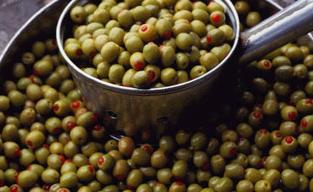
Candida Martinelli's Italophile Site

Main
Page This family-friendly site celebrates Italian culture for the enjoyment of children and
adults. Site-Overview
In
Italy and the Mediterranean Basin
Central and Southern Italy and
Liguria are
covered with olive trees and olive groves, as is most of the
Mediterranean basin. There are estimated to be over 500 million olive trees around the
Mediterranean basin, representing 98% of the olive trees in the world. The trees love the warm weather, and manage to survive with little
water in rocky soil. Their average life span is 500 years, but
they can live up to 1500 years. For centuries, the olive tree has provided the Mediterranean basin
with: Olives can be prepared in a variety of ways: Olives can be eaten in a variety of ways: Greek olives are generally not treated with lye so
they have a stronger flavor. They are packed in dry salt or
pickled in brine for 6 to 12 months in which they undergo
fermentation. Then they are packed in fresh brine or further
flavored or roasted. Spanish green olives are picked before they are ripe
(generally olives turn black when ripe), treated with lye, then
pickled in brine where they ferment. Many are later pitted and
stuffed with pimento. California black olives are cured the
same way, but air is pumped into the mixture to turn the green olives
black. The Spanish also make a paste of olives and use it as
a spread on bread: tapenadas. Olive paste is also used as
a seasoning in dishes adding a rich under-taste. It is not difficult to cure your own olives.
Here are 3 simple ways. Olives in Herbed Brine Put freshly harvested green olives in a crockery
bowl and cover with water. Change the water every day for 30 days. Then follow the normal procedures for preserving
food in jars (sterilizing the jars, etc.), to store your olives
covered in a brine made as follows. Boil together for 5 minutes water and salt (1
teaspoon per liter or pint). Poor the brine over the olives in the jars, and
then add some herbs such as whole peppercorns and/or fennel seeds. Put the lids on properly, and let them cure for 1
month. Olives in Herbed Oil Puncture the skins of freshly harvested green
olives with a toothpick. Take a large flat dish and cover it with a kitchen
towel. Spread the olives over the towel, and then cover
them with coarse salt. Leave them for 3 days for the salt to remove water
from the olives. Wash the olives well, and let them dry overnight
on a clean towel. Now you can store the olives in jars following the
usual procedures for sterilization of the jars. Cover the olives in the jars with olive oil, and
season with some whole peppercorns and/or fennel seeds. Oven Cured Black Olives Prick the skins of the freshly harvested black
olives with a toothpick. Put the olives in a crockery bowl and cover with
water. Change the water each day for 10 days. Drain the olives and let them dry overnight on a
clean towel. Put the olives in a flat baking sheet and sprinkle
them with salt. Bake for 10 hour in a hot oven. They will
shrivel up, concentrating the flavor. Store the olives in sterilized jars. Covered
the olives in olive oil, and season with some oregano, hot peppers,
and garlic cloves. The Romans planted plenty of trees around their empire. The
Roman statesman Pliny wrote: Except
the vine, there is no plant which bears a fruit of as great importance
as the olive. These Roman-era (200A.D.) mural images of a fall olive harvest and press come
from southern
France. The Greeks said olive trees were a gift from the goddess Athena,
and named Athens after her in gratitude. The olive branch is the universal symbol of peace, and the Bible's
Noah found land when the dove arrived with an olive branch. Olives come in several hundred varieties varying in taste, color,
size, oil content. But new groves are generally planted with up
to 13 of the more productive or hardy varieties. (From FoodReference.com.
For more information and more varieties in Italian see Agraria.com's
olive page.) There has been much talk of the health benefits of
olives and olive oil in the last years. It is now known that
olive oil protects the heart against heart disease by actively
lowering cholesterol levels. If you'd like more on olives, here's a link
to a self-confessed olive fanatic. Rave reviews for this book at Amazon:
More rave reviews for this vegetarian recipe book and history of
cooking around the Mediterranean basin and beyond:
And this passionate history and recipe book:

Olive
Trees in Italy
![]()

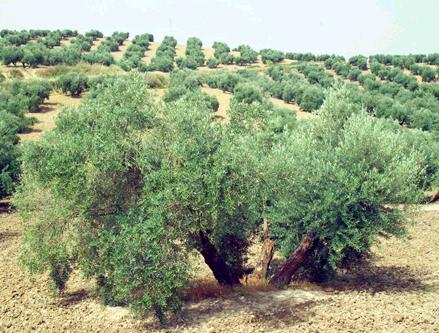

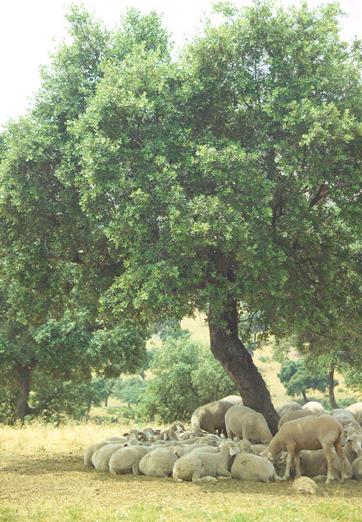
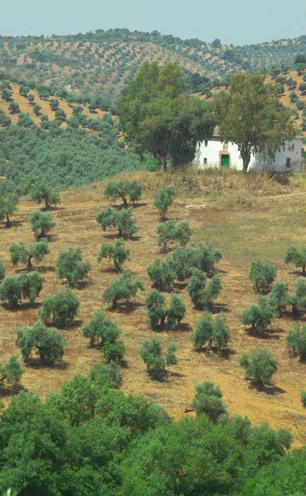
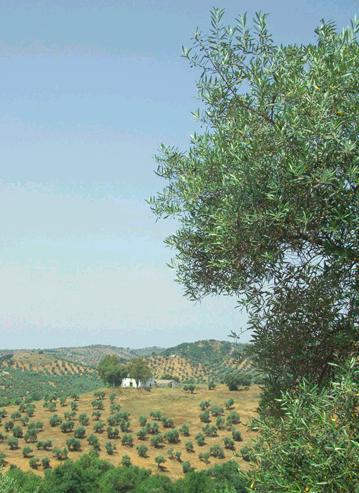
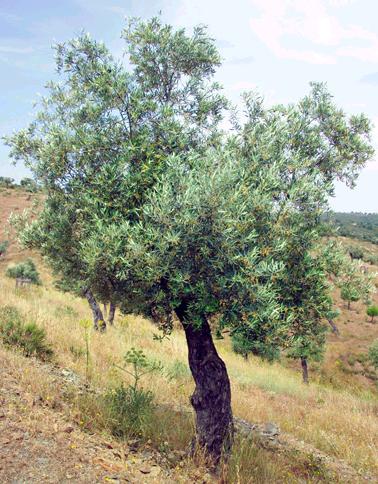
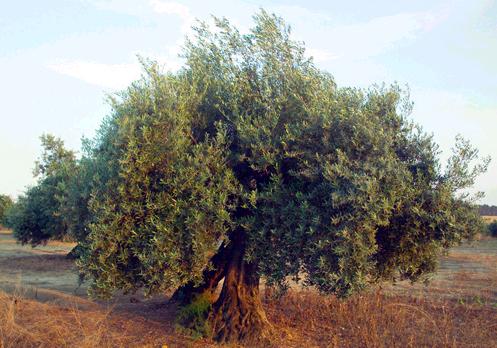
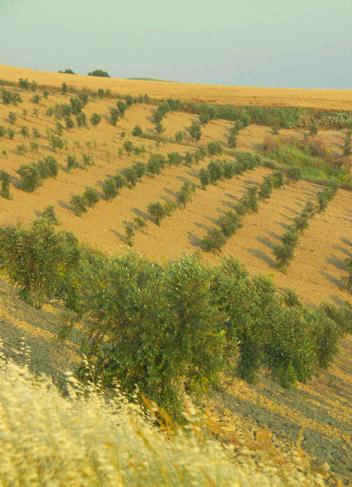
In Italy and the Mediterranean Basin
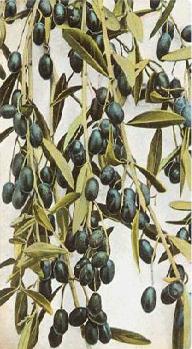
Uses and Preparation
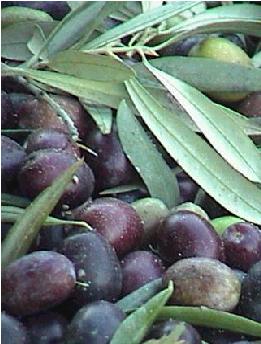

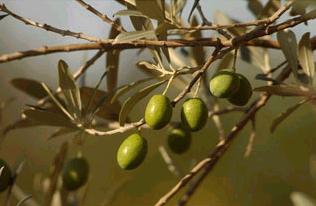
Romans and Greeks
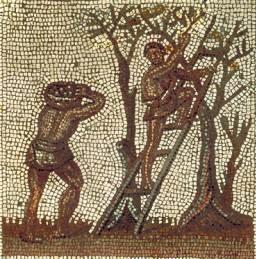
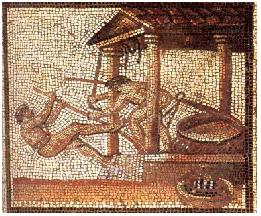
Varieties

Some facts about olive oil
